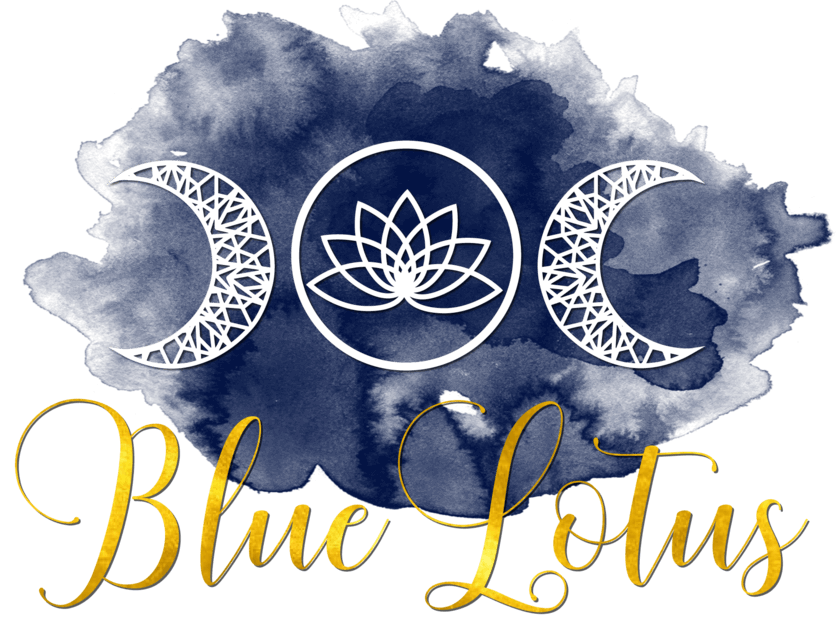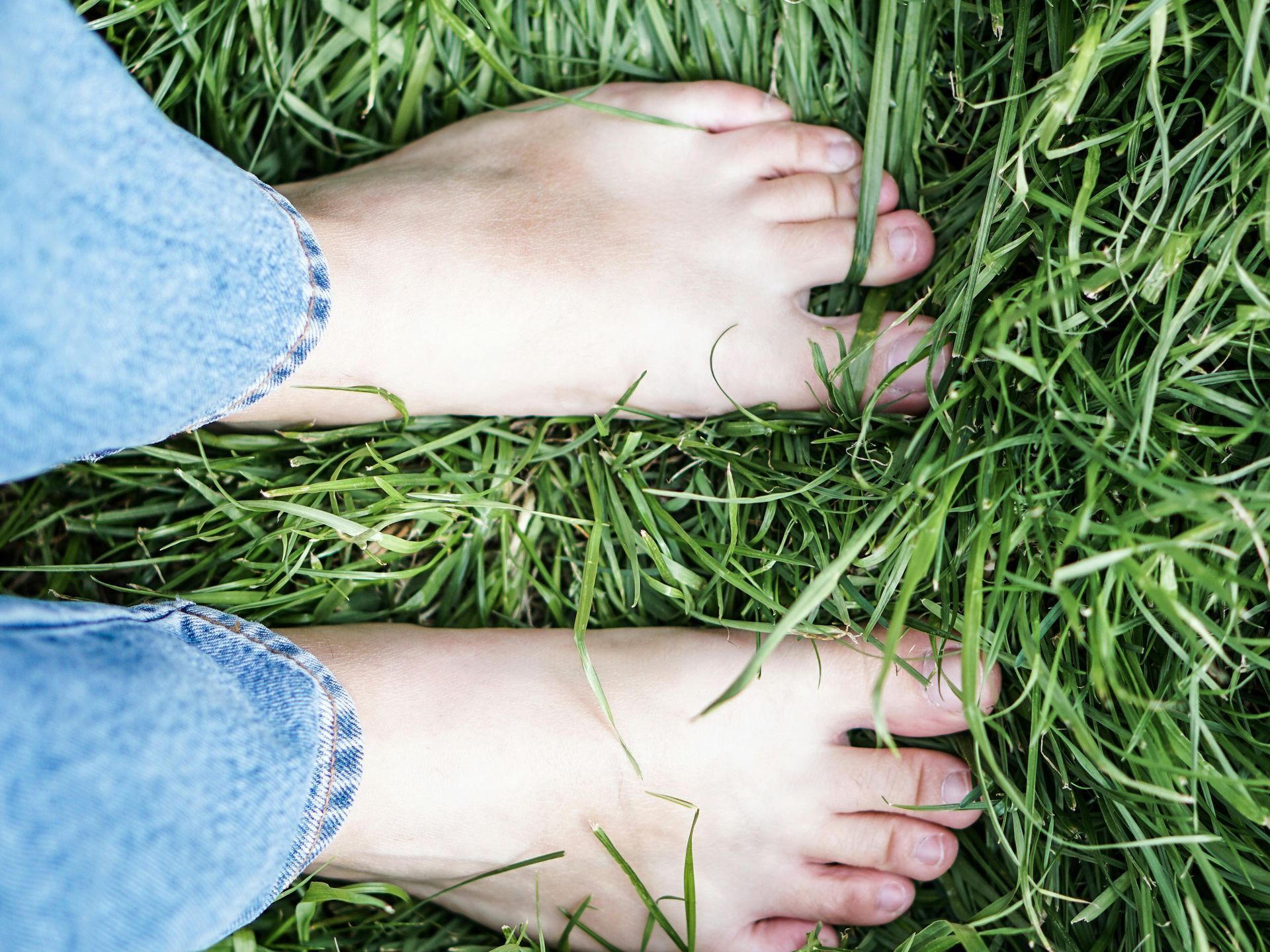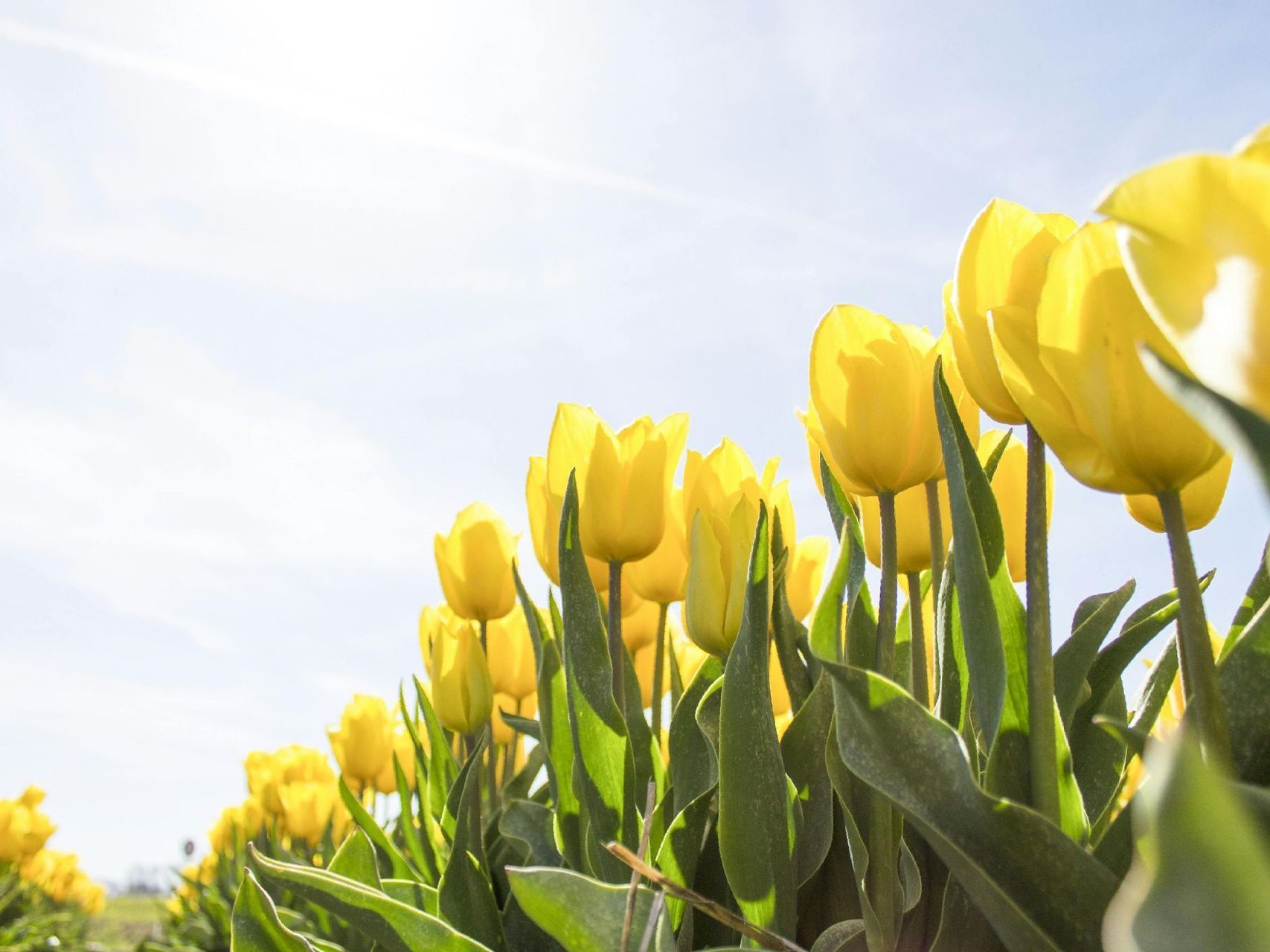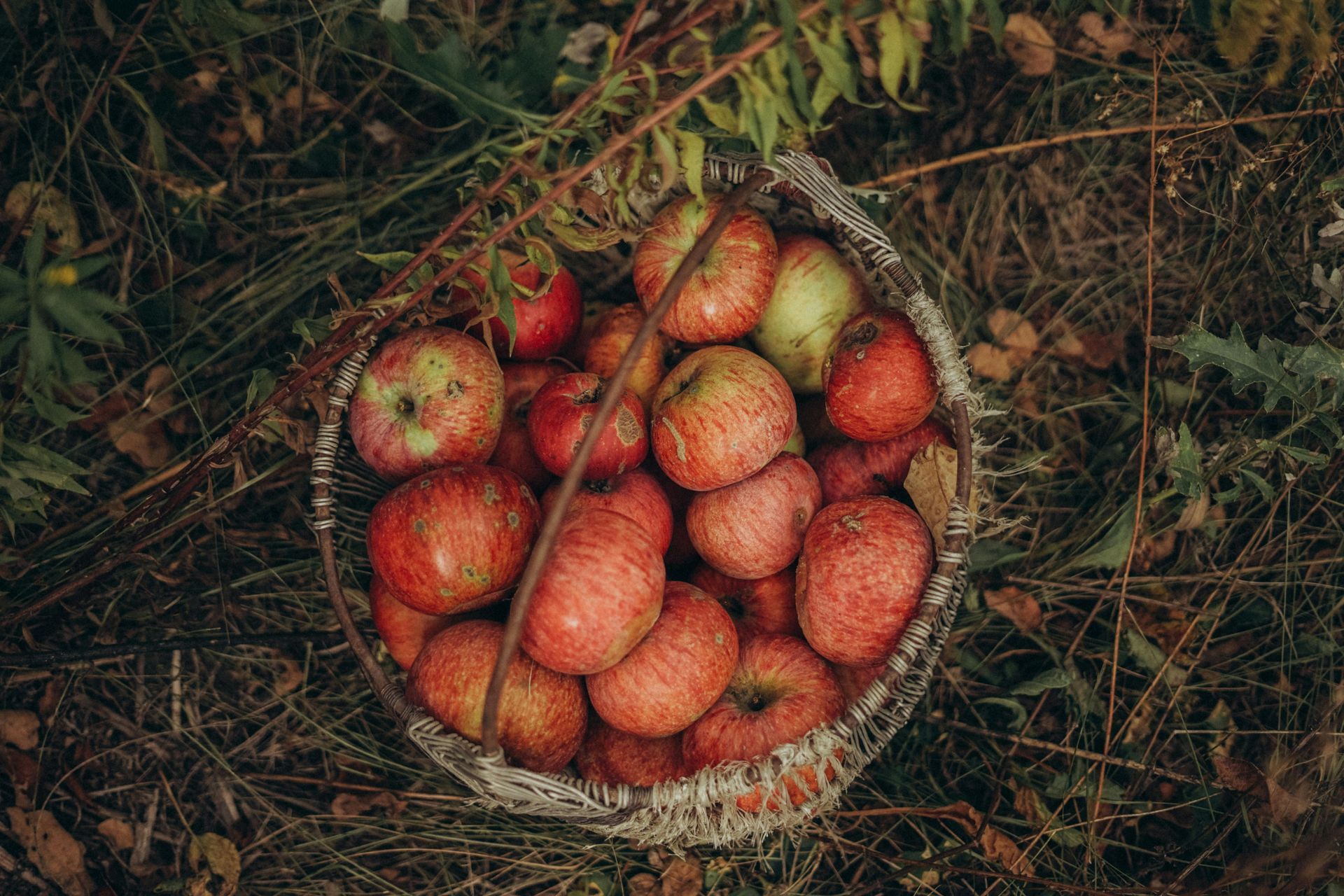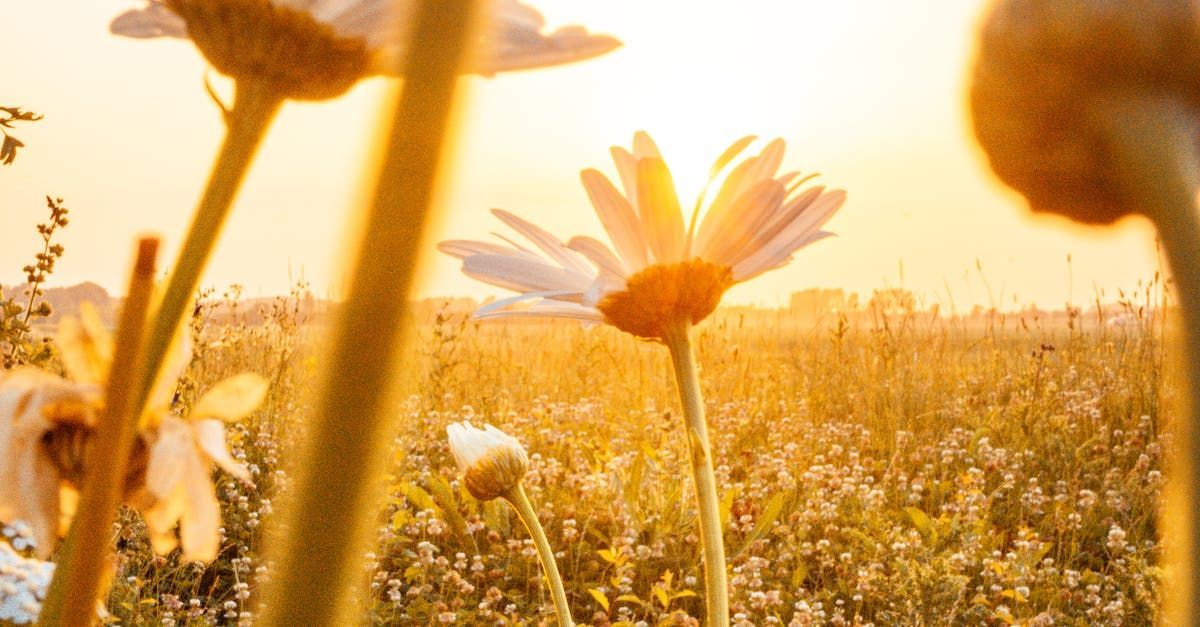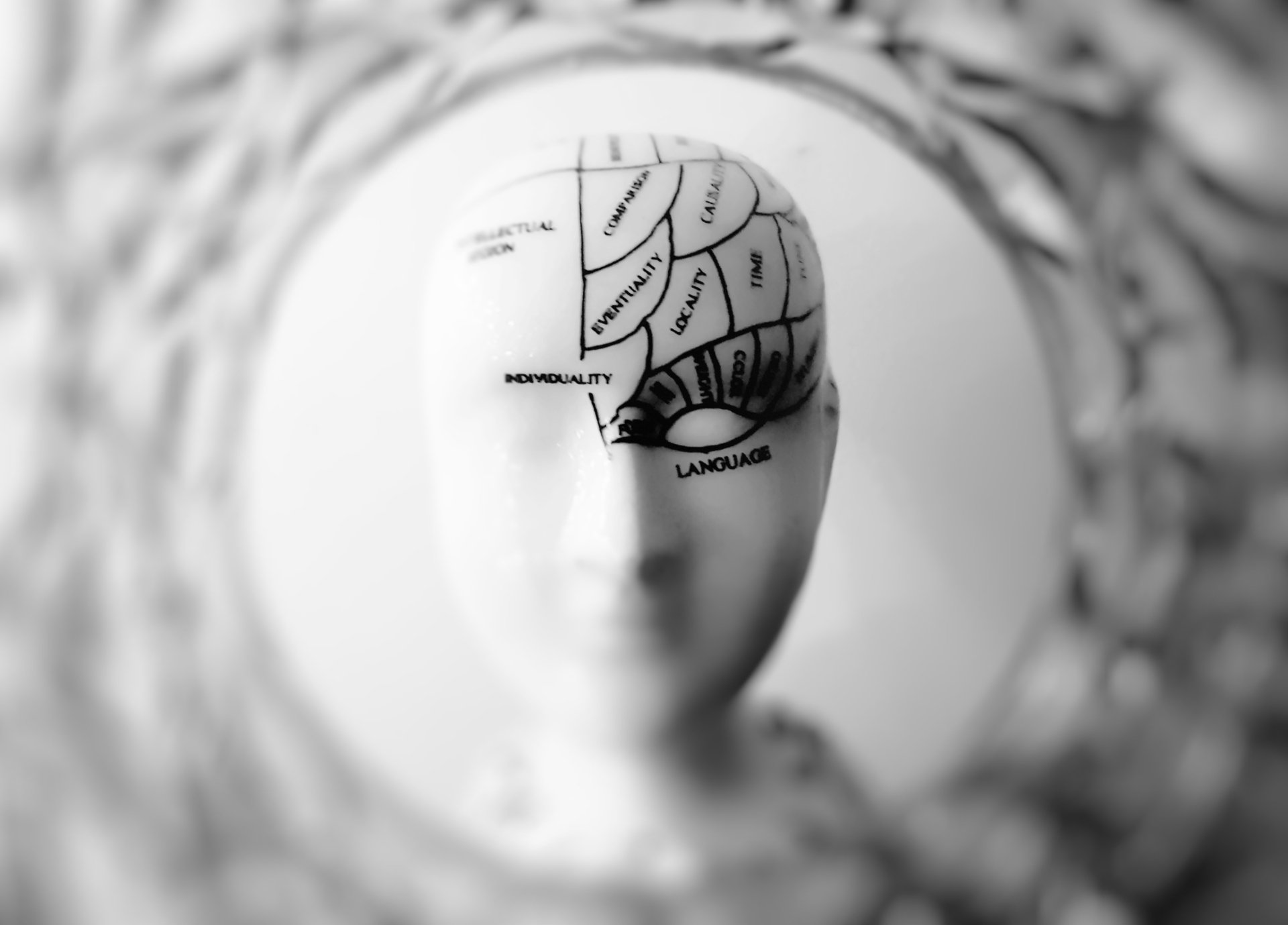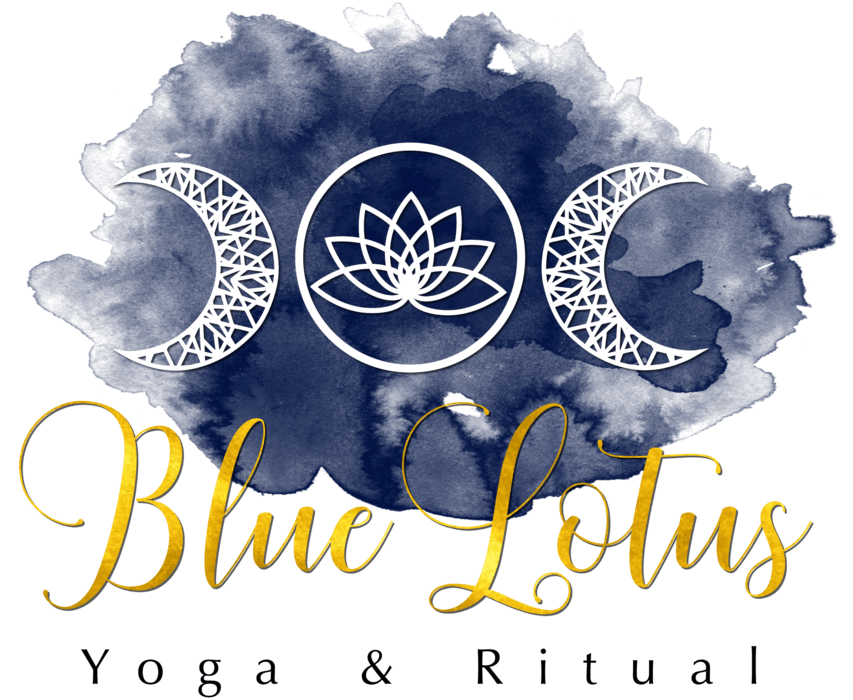The Ritual of Mabon & Autumn Equinox
Rest. Reflect. Restore.
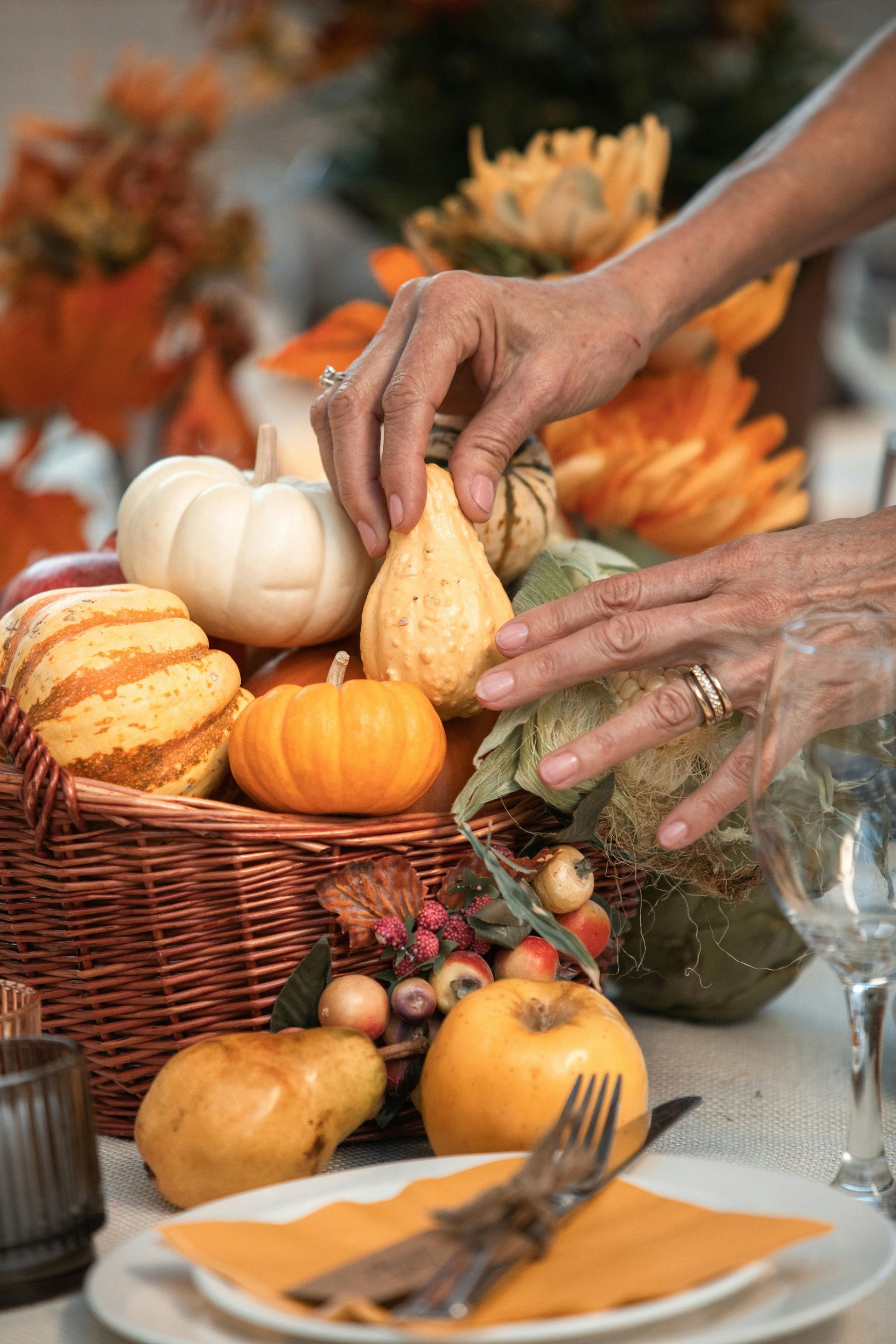
Embracing Mabon & the Autumn Equinox
As the golden hues of autumn begin to paint the landscape, we find ourselves in the midst of the Autumn Equinox—a sacred pause between the light and dark. This day, also called Mabon, marks a powerful seasonal shift, celebrated in the Celtic tradition as part of the Wheel of the Year. It’s a time of harvest, reflection, balance, and preparing for the quieter months ahead. Through yoga, mindfulness, and seasonal rituals, we can align our inner world with the rhythms of nature.
The Celtic Wheel of the Year
In ancient Celtic traditions, the Wheel of the Year divides the year into eight festivals, with each celebrating the cycle of life, death, and rebirth. These festivals honor the changing seasons and their connection to nature's rhythm. Mabon, the Autumn Equinox, is one of these sacred days, falling between Lughnasadh (the first harvest) and Samhain (the start of the darker half of the year and the Celtic New Year).
At the Autumn Equinox, day and night are of equal length, symbolizing balance and harmony. This moment is the second harvest, focusing on fruits, grains, and vegetables, and the act of giving thanks for the abundance nature has provided. Mabon is the counterpart to the Spring Equinox (Ostara), and while Ostara celebrates new beginnings, Mabon invites us to reflect on our growth and achievements, gathering wisdom from what we’ve sown.
The Significance of Mabon
Mabon is named after a Welsh deity, Mabon ap Modron, the son of the Earth Mother goddess Modron, representing youth, renewal, and the cycle of life. In myth, Mabon is stolen from his mother at birth and held captive until he is rescued, symbolizing the loss and eventual return of light. This reflects the transition from the brightness of summer to the deepening shadows of fall and winter.
Mabon encourages us to take stock of our inner harvest—what have we achieved this year, and how can we nourish ourselves as we move into the darker months? It’s a time for gratitude, rest, and rebalancing the energies of work and play, light and dark, and giving and receiving.
A Yoga Practice for Mabon
Yoga can help us embody the themes of balance and reflection during the Autumn Equinox. Here’s a simple yoga flow to connect with this energy:
- Mountain Pose (Tadasana) – Stand tall with your feet hip-width apart, grounding into the earth. Breathe deeply, feeling the balance between your left and right sides, connecting with the energy of the equinox.
- Warrior II (Virabhadrasana II) – From Mountain Pose, step one foot back, opening your hips and shoulders. Feel the power in your legs and the expansion of your chest, balancing strength with surrender.
- Tree Pose (Vrksasana) – Root one foot into the ground and bring the opposite foot to your ankle, calf, or thigh. Focus on your balance, gently swaying like a tree in the autumn breeze, finding stillness in movement.
- Seated Forward Fold (Paschimottanasana) – From a seated position, stretch your legs forward and gently fold your upper body over your legs. This pose symbolizes the inward journey of fall, encouraging reflection and release.
- Savasana – End your practice by lying on your back, letting your body and mind relax fully. In this state of surrender, let yourself connect with the stillness of Mabon.
Journal Questions for Autumn Equinox Reflection
Mabon invites deep reflection as the year’s harvest comes to a close. Here are a few journal prompts to help guide your introspection:
- What are the most significant achievements or lessons I’ve harvested this year?
- In what areas of my life do I feel most balanced? Where am I out of balance?
- What have I been holding onto that I need to release in order to move forward?
- How can I practice gratitude for the abundance I have experienced in the last season?
- As I prepare for the slower, darker months ahead, what intentions do I want to set for rest and renewal?
Mabon Ritual for Balance and Gratitude
A simple but powerful way to honour Mabon is through a Gratitude & Balance Ritual that you can do either alone or with loved ones.
Materials Needed:
- A candle (to symbolize the sun's energy as it wanes)
- A bowl of water (to represent reflection and emotion)
- Seasonal fruits or vegetables (as an offering of thanks for the harvest)
- A piece of paper and pen
Steps:
- Create a Sacred Space: Find a quiet place indoors or outdoors to sit, and place your candle, bowl of water, and fruits/vegetables before you. Light the candle to invoke the remaining warmth of the sun as it transitions into the cooler months.
- Ground Yourself: Take a few deep breaths and visualize your energy rooting deep into the earth like a tree. Feel yourself anchored and supported by the energy of the earth.
- Gratitude Offering: Hold your seasonal fruits or vegetables in your hands, and silently or aloud, give thanks for the earth’s abundance and all that you have received this year. Place the offering on your altar or in nature as a symbol of your gratitude.
- Journal Reflection: Take your piece of paper and pen, and write down what you feel most grateful for this year. Reflect on the areas of your life that feel balanced and whole. Then, on the other side of the paper, write down any areas where you feel imbalance or tension. Fold the paper and place it under the bowl of water as a symbolic offering to balance these energies in your life.
- Release: Close your ritual with a simple act of release. Blow out your candle, thanking the light for its guidance. As you do so, visualize releasing anything that no longer serves you, making space for renewal and balance as the seasons shift.
The History of Mabon & Seasonal Shifts
The celebration of Mabon is rooted in ancient Celtic and Pagan traditions, which honored the cycles of the sun and moon as a guiding force for life. Mabon wasn’t originally a major Celtic holiday, but in modern Pagan and Wiccan practices, it has grown in prominence as a way to honor the final harvest of the year.
The Autumn Equinox was celebrated across many ancient cultures, including the Druids, who viewed this day as a time of deep spiritual significance. Stone circles like Stonehenge were aligned to mark the equinoxes, showing the importance of this balance point between light and dark. Festivals like Alban Elfed (the Druidic name for the Autumn Equinox) reflected the theme of balance and gathering.
As we celebrate Mabon, we continue these ancient traditions of gratitude, reflection, and preparation. The equinox invites us to step into the darker months ahead with grace, honoring the quiet, restful energy that winter offers while cherishing the fruits of our labor from the bright summer days.
As the Earth turns, let Mabon be a reminder to turn inward, to rest, reflect, and restore balance. May your yoga practice and rituals at this sacred time help you align with the rhythms of the natural world, offering space for deep gratitude and personal growth.

